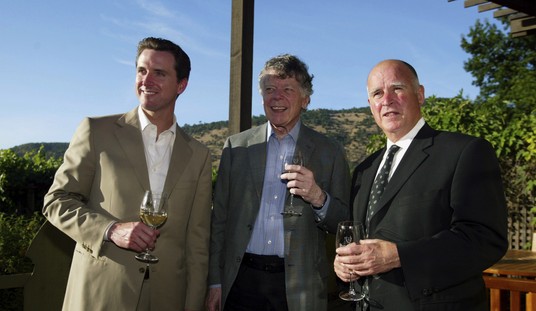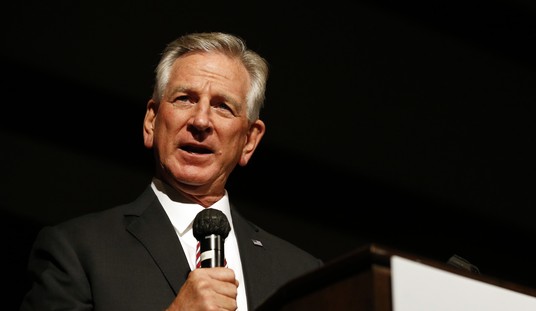Most American auto enthusiasts that were around in the late 1960s and early 1970s, even those that weren’t thrilled with big American land yachts, had little regard for Japanese cars. It wasn’t that they were small. VW Beetles were successfully advertised with the slogan “Think Small”. No, Japanese cars were just not very good. Reliable? Yes. Good? No. Underpowered, rust-prone, lacking decent automatic transmissions, and technologically not very advanced (well, with the exception of Honda), Japanese cars sold primarily on price. One would think that Japanese cars didn’t have a chance with American consumers. Over @ TTAC, commenter VanillaDude quite neatly summed up how the Japanese automakers managed to establish a beachhead in California:
California had been booming since WWII, and had gained a national prominence. It gave us many modern cultural phenomena via music and television, adding to it’s Hollywood sparkle and governor. With only three national television networks, California dominated what Americans saw in 1973. Many Americans went to bed with Johnny Carson whose move from East to West Coast never went unnoticed.
Pop music was important in 1973. Radio played Californians. To the US during this era, California was it’s future whether it was in government, aerospace, electronics, entertainment and sheer style. During the early 20th Century, Americans looked to New York City, by 1973, Americans were ready to cut up their Brooks Brothers men’s wear and relax California style. Groovy man!
So when the Japanese auto makers shoved their tin road traps onto diesel freighters and floated their wares to America, they ended up in California. At a time when Detroit was navel-diving for profits, the Japanese struck California gold.
Continue reading the complete post here.
When he’s not busy doing custom machine embroidery at Autothreads Ronnie Schreiber edits Cars In Depth and contributes to The Truth About Cars and Left Lane News










Join the conversation as a VIP Member